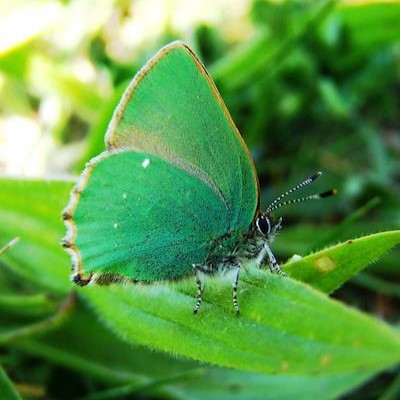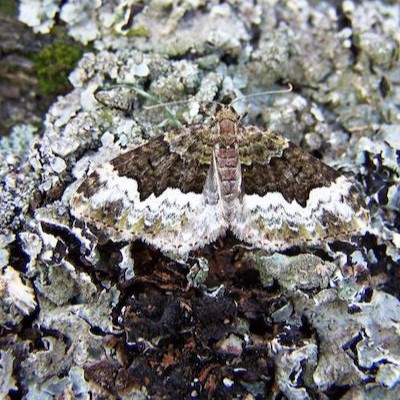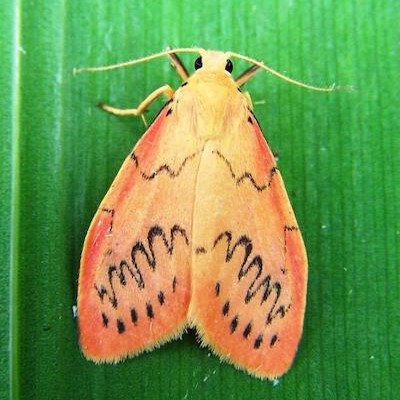Ryton Pools Butterfly and Moth Report 2024
The start of a new year is the perfect time to reflect on how our wildlife has fared over the past 12 months.
Rangers George and Ben have been hard at work inputting and analysing data from last year’s butterfly surveys and moth trapping efforts. Overall, it’s been a mixed picture, with moths appearing to thrive more than butterflies.
At Ryton Pools, staff and volunteers monitor three set butterfly transect routes weekly from April to September, recording the species they encounter. This year’s results are worrying, with butterfly numbers on survey days dropping by nearly 40% compared to last year. Most species saw a significant decline, and rarer butterflies like the Wood White (Leptidea sinapis), Purple Emperor (Apatura iris), and Pearl-bordered Fritillary (Boloria euphrosyne) were not seen at all in 2024. This decline reflects a national trend, leading Butterfly Conservation—the UK charity dedicated to butterfly and moth conservation—to declare a "butterfly emergency" after critically low numbers were reported during its Big Butterfly Count over the summer.

Green Hairstreak (Callophrys rubi)
However, there is some good news. Our Green Hairstreak (Callophrys rubi) population appears to be thriving. This tiny, emerald-green butterfly may be benefiting from a broader range of caterpillar food plants on-site, including Broom and possibly Dogwood, alongside its usual choice of Bird’s-foot Trefoil.
In contrast, moths have had an exceptional year. Moths are mainly recorded using light traps, where they are drawn to the light and settle on egg boxes inside the trap before being counted, recorded, and safely released the next morning. Incredibly, 2024 saw the highest-ever moth count at Ryton Pools. Over 181 nights between 1 January and 30 December, we recorded 52,636 moths across 620 species! This is a remarkable increase compared to 51,868 moths from 650 species recorded over 216 nights in 2023—achieving a record total despite 35 fewer trapping nights. We’re still awaiting identification confirmations, so both the total count and species number are likely to rise.

Cloaked Carpet (Euphyia biangulata)
Targeted trapping around Paget's Pool Nature Reserve (next to Ryton Wood SSSI) led to a surge in sightings of rare species, especially wetland and woodland moths. Notable increases included the Black Arches (Lymantria monacha), a woodland species up 1,300% from 2023, and the Southern Wainscot (Mythimna straminea), a reed-loving moth, up 1,000%. Other woodland specialists also had record years, including the Great Prominent (Peridea anceps, 48 recorded), Cloaked Carpet (Euphyia biangulata, 5 recorded), and Devon Carpet (Lampropteryx otregiata, 4 recorded). Excitingly, the rare Mere Wainscot (Photedes fluxa), classed as Nationally Scarce B, had its best year on record, with sixteen individuals spotted between July and early August.

Rosy Footman (Miltochrista miniata)
The 2024 species count included 368 larger macro-moth species and 252 smaller micro-moth species, with 5 new macro and 14 new micro species recorded for the site. The Angle-striped Sallow (Enargia paleacea), a moth rarely seen in Warwickshire, was recorded at Ryton Pools for the first time, suggesting it is spreading through the Princethorpe woodlands complex after previous sightings in nearby Brandon Wood. Another exciting discovery was the Light Orange Underwing (Boudinotiana notha), observed in its typical daytime habitat high in Aspen trees. Many of the newly recorded micro-moths, such as Acleris umbrana, reflect a continued northward shift of species in response to climate change.
All of this data helps guide our on-site management decisions. Moths are quick to respond to environmental changes and have well-understood life cycles and plant relationships, making them excellent indicators of ecosystem health. The updated site species list now stands at an impressive 850 moth species. Understanding this complex community offers valuable insights into how our ecosystem is functioning.
We are committed to doing everything we can in 2025 to give all our wildlife the best possible chance to thrive—using this data to help guide our efforts.



